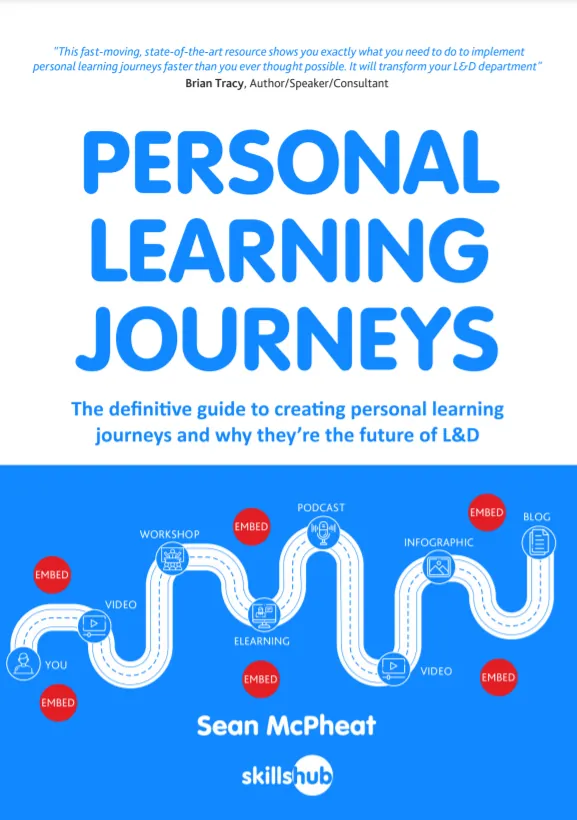
For millions of employees across the country, WFH (work from home) became the norm in 2020, as businesses were forced to adhere to strict social distancing rules during the COVID pandemic.
Times have since changed however…
RTO (return to work) is on the rise, with 2023 being named the ‘Year of the Great Office Return’, where 92% of companies enforced some sort of mandatory in-office policy. This has further continued into 2024.

New laws (as of April 6th 2024) have changed the rules around flexible working requests. Now, employees can request flexible working arrangements (including remote working, where applicable) from day one of employment, which is further driving the conversation.
With this in mind, we surveyed 1,001 employed respondents (nationally representative across the UK based on age, gender, and location splits) to discover how RTO is impacting UK employees, across positives and negatives.

Key Survey Findings
Our research found that many respondents viewed any sort of mandatory in-office policy to be a negative against their employer. Almost half of the respondents (42.6%) said they would consider quitting their job if their employer made full-time RTO mandatory (22.7% would “strongly consider”).

Almost a fifth (18%) would consider quitting their job if their employer made hybrid working with majority RTO (3+ days per week) mandatory – 10.1% would “strongly consider”. 14.6% would consider quitting their job if their employer required any type of mandatory RTO (no longer fully remote) – 4.8% would “strongly consider”.
A quarter (25.2%) were either not sure of their views on RTO (12.9%) or stated that their job “would never require mandatory RTO” (12.3%). Of the respondents, a fifth (20.6%) had already RTO full-time – while the majority (17.3%) were happy about their working situation, some (3.3%) were not.
The survey also asked 10 questions about whether working in an office environment positively or negatively impacted their lives – overall, there was an even split.

According to the results, working in an office environment positively impacts employees’:
- Mental health – 31.4% selected answer
- Social aspect with colleagues – 22.6% selected answer
- Physical health – 19.5% selected answer
- Productivity levels – 12.8% selected answer
- Career progression / work opportunities – 11.3% selected answer
Positives included health and aspects more closely related to their work, such as productivity and career progression opportunities.
Employee engagement and motivation go hand in hand with productivity – but common barriers of employee engagement include a lack of clear communication, inadequate training resources, and limited growth opportunities.
According to the results, working in an office environment negatively impacts employees’:
- Finances, due to additional expenses (e.g. commute, lunch etc.) – 22.5% selected answer
- Diet – 19.5% selected answer
- Work/life balance – 17.4% selected answer
- Fitness levels – 16.1% selected answer
- Home life (e.g. relationship with partner/family) – 11.7% selected answer
Negatives included more personal aspects, such as fitness, diet, and home life. The data also shows that working in an office environment causes stress (12.1%) and anxiety (7.6%) for many of the respondents, when compared to their fully remote WFH working patterns.
6.1% stated that working in an office environment is not suited to their physical needs, with neurodiversity needs (5.4%) also being mentioned.

Demographic differences
Our research discovered the RTO orders negatively impact certain demographics in particular – including women, and those with a neurodiversity.

Gender split
The analysis highlighted a few interesting gender differences.
For example, in the 10 questions about whether working in an office environment positively or negatively impacted their lives, the genders disagreed on one question – on productivity levels.
More women said they found office environments to negatively impact their productivity levels at work (12.5%, versus 12.1% for positive impact), whereas men found office environments to positively impact their productivity levels at work (13.5%, versus 12.3% for negative impact).
Women were also more likely to admit that the office environment causes them stress (14.1%) and anxiety (8.6%), and that working in an office environment is not suited to their physical needs (6.3%), when compared to their male counterparts.
However, men were more likely to cite that working in an office environment is not suited to their neurodiversity needs (6.1%).

Age differences
Looking at different age groups, those under 35 were most likely to view any sort of mandatory in-office policy to be a negative against their employer.

In particular, those aged 18-24 were most likely (58.3%) to say that they would consider quitting their job if their employer made full-time RTO mandatory – 37.5% would “strongly consider”.
They were also the age group most opposed to any type of mandatory RTO (18.8% would consider quitting their job in this scenario – with 14.6% who would “strongly consider” doing so).
Almost a third (30.3%) of those aged 25-34 would consider quitting their job if their employer made hybrid working with majority RTO (3+ days per week) mandatory – 18.6% would “strongly consider”.
Overall, those aged 65+ felt most positive about the RTO movement. In the 10 questions about whether working in an office environment positively or negatively impacted their lives This age group had the highest positive percentage across all 10 questions!
Those in the 18-24 age group were most likely to admit that the office environment causes them stress (18.8%), whereas it was those in the 45-54 year-old group that were most likely to say it caused them anxiety (9.3%).
Working in an office environment is least suited to the physical needs of those aged 55-64 (9%), and people in the 25-34 age bracket were most likely to cite that working in an office environment is not suited to their neurodiversity needs (8.5%).

Location and sector
When it comes to location splits, Bristol employees felt most negative about the RTO movement, particularly for full-time RTO and hybrid working with majority RTO (3+ days per week). Manchester employees would be most likely to consider quitting their job if their employer enforced any type of mandatory RTO.

Based on answers to the 10 questions about whether working in an office environment positively or negatively impacted their lives, employees in Sheffield felt the RTO movement had the most positive impact on their lives.
At the other end of the scale, employees in Bristol felt the RTO movement had the most negative impact on their lives.
When it comes to sector splits, those working in the science and pharmaceuticals field were most likely to say that they would consider quitting their job if their employer made full-time RTO mandatory, followed by media and internet and then marketing, advertising and PR.
For hybrid working with majority RTO (3+ days per week), and any type of mandatory RTO, it was those working in Recruitment and HR who felt most strongly.
Based on answers to the 10 questions about whether working in an office environment positively or negatively impacted their lives, employees in Public services and administration felt the RTO movement had the most positive impact on their lives.
At the other end of the scale, employees in Media and internet felt the RTO movement had the most negative impact on their lives.
Conclusion
Our research reveals that many employers may be putting themselves at risk of mass resignations if mandatory in-office policies are enforced without proper consideration.
However, as well as formal in-office policies, there are many factors that impact recruitment and retention.
For one, training plays a significant role!
Training and development covers a broad spectrum of activities designed to enhance the technical, interpersonal, and decision-making skills of employees.
These activities range from on-the-job training, workshops, and seminars, to eLearning courses taken at work or in employees’ free time.
The objective is not just to make employees perform their current roles effectively but also to prepare them for future positions and responsibilities.
Whether your employees are heading back to the office, working in a hybrid manner, or continuing with WFH, we have a range of off-the-shelf elearning content – as well as bespoke elearning solutions, created based on your exact requirements to suit your learning and development needs.














